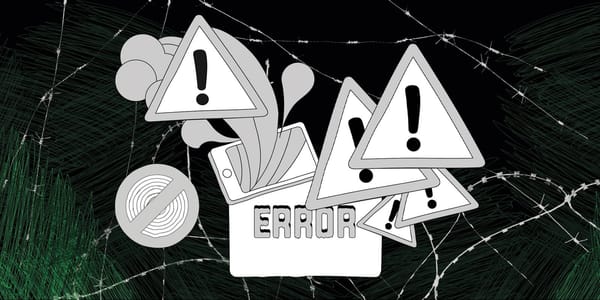‘Emergency Action Documents’ show how the White House will seek to maintain power during an apocalypse

Since the 1950s, the White House has drafted and maintained Presidential Emergency Action Documents (PEADs)—a list of secret plans meant to be implemented in the wake of an apocalyptic disaster. Thanks to a newly declassified documents and some clever information requests, we’re finally learning a little bit about how the White House would seek to stay in power should the worst occur.
As first reported by the New York Times, the PEADs documents come courtesy of the Brennan Center for Justice, which obtained the bulk of the documents through Freedom of Information Act requests. The documents cover a period from the Eisenhower presidency all the way to Trump.
The Brennan Center for Justice records are spotty. According to the Times, the think tank was able to shake loose 500 pages but 6,000 more were withheld as classified. The PEADs are still highly secret and understanding them means cross referencing decades of government paperwork to pick out references.
A 2016 House Committee Appropriations Hearing gives us an explanation of what PEADs are and what, exactly, they do.
“PEADs are pre-coordinated legal documents designed to implement a Presidential decision or transmit a Presidential request when an emergency disrupts normal governmental or legislative processes,” it said. “A PEAD may take the form of a Proclamation, Executive Order, or a Message to Congress.”
A 1956 letter from Secretary of the Cabinet Maxwell M. Rabb described “Presidential Emergency Actions as “matters of supreme national importance requiring immediate action or execution by the President in an emergency involving the national security.”
Every President tweaks the PEADs in their own way and every era reflects the different concerns of the different presidents. Until 9/11, the documents were obsessed with ensuring a continuity of government in the aftermath of a surprise nuclear attack on the United States.
One 1959 version of the plan assumes that the Soviet Union has attacked America with nuclear weapons. They even had estimates about how many people might survive. “In spite of the magnitude of the catastrophe and the possibility of additional but lighter attacks, about 120,000,000 uninjured people and substantial material resources remain,” the plan theorized. “Consequently, there is ultimate recuperative potential to meet the requirements of the surviving population.”
The 74 page document goes on to explain how it expects the U.S. economy and population to fare. Then it begins making policy prescriptions. The plan details hundreds of Executive Orders and proclamations that the President will enact after the bombs drop. They are referenced but not described in full. The first proclamation would declare an “unlimited national emergency and a state of civil defense emergency.” Another would prevent military staff from retiring or leaving the service. Another is simply called the “Proclamation for the control of alien enemies.”
The Reagan era plans are similarly obsessed with nuclear war and its aftermath. It isn’t until the 9/11 era and George W. Bush that things change radically. Buried in a document about the PEADs, there is a reference to a Presidential order that could “cause the closing of any facility or station for wire communication and the removal therefrom of its apparatus and equipment.”
The documents contain a few references to Obama and Trump era changes, but they’re less clear. But we do know that every President makes revisions to the PEADs in an attempt to keep the wheels of government turning in the event of a terrorist attack or nuclear devastation. The concerns change over the decades but the main thrust of these documents remains the same—contingency plans exist to keep the wheels of the American government turning, even in the face of Armageddon.





